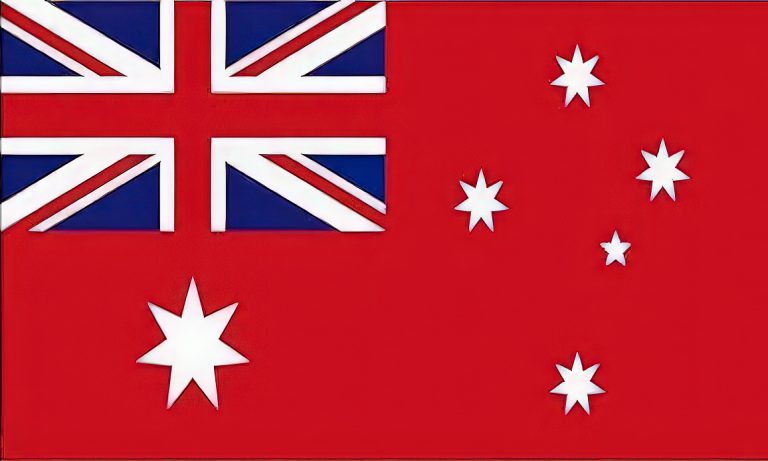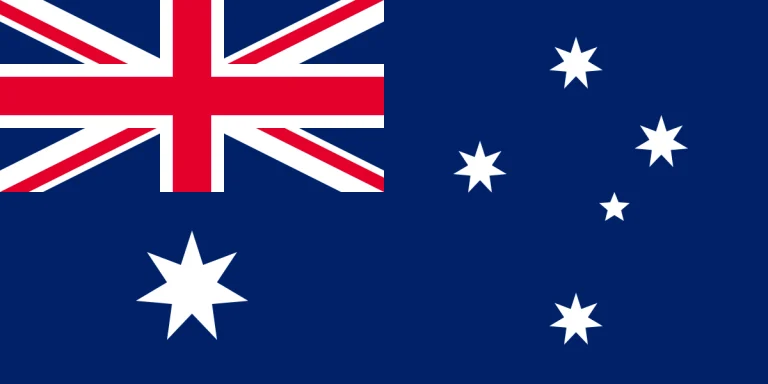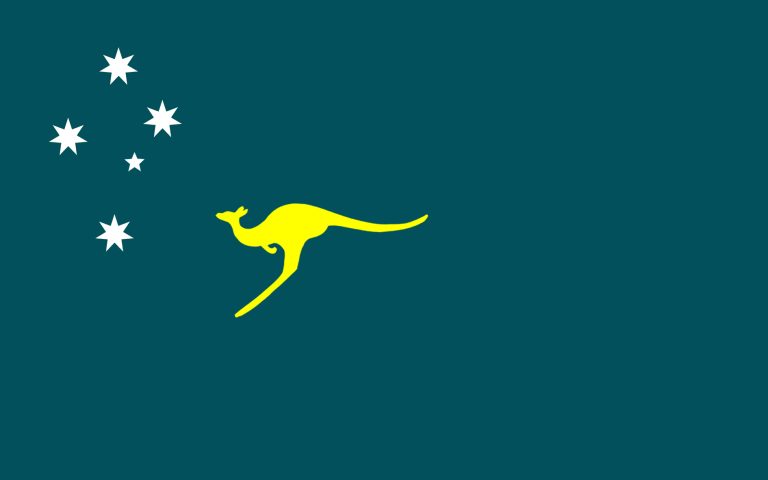A New Flag for Australia
This design brings us together. It honours our story, includes every culture, and looks ahead with pride
Why This Flag Matters
Australia deserves a flag that reflects who we are today — inclusive, united, and forward-looking. This design honours our heritage and embraces a shared future. It offers a symbol every Australian can stand behind with pride.
See more new Australian flag designs below
click to explore
New Australian flag - The Southern Land Flag
The Southern Land Flag design — a bold step toward unity and recognition
A contemporary symbol of unity, heritage, and hope.
Gold — The use of gold recalls the golden wattle, Australia’s national floral emblem
Teal-green — greens of eucalyptus forests and the living landscape that defines the continent
White — representing peace at home and abroad.
Southern Cross — Australia’s location in the world.
Seven-pointed star — six points for the states, one for all territories.
One Kangaroo — symbolising the Australian spirit: resilient, forward-moving, and unmistakably ours
Why Australia Needs a New Flag
Why Change Is Needed
Time for Renewal Australia has changed — our flag should reflect that.
Outdated Symbolism The Union Jack no longer fits our independent identity.
Disconnected Identity The kangaroo is everywhere — except on our flag.
A Flag That Reflects Us This is about growth, not erasing history.
Why the Kangaroo Matters It stands for progress, resilience, and Australia itself.
What the New Flag Represents
Building on Tradition The Southern Cross stays — the kangaroo completes the picture.
A Unifying Symbol A flag that belongs to all Australians.
Respecting Our Journey Change honours our past and inspires our future.
Choosing Unity This is a vote for pride, not division.
Let’s Make History Together Now is the time to act — and unite under a flag that’s truly ours.
Australian National Flag
The Flags Act of 1953 made the Blue ensign as the Offical National flag of Australia . Please read the pmc.gov.au for detail information.
A Message to Fellow Australians
My goal is not to stir anger or division. I simply had an idea and I believe it’s worth discussing.
Through this website, I’m sharing a new proposal for Australian flags. It’s a fresh perspective, and I invite you to explore it.
Did you know:
Our national flag features a seven-pointed Commonwealth Star, each point has meaning.
Australia has 10 Territories, not just the six states.
From 1901 to 1953, the Red Ensign was widely used as our flag.
These are just a few facts from our flag’s history. You can find more on the Federal Government’s offical page.
Even if you don’t support changing the flag, I hope this site helps deepen your understanding of what our symbols represent.
And to the talented designers out there—I invite you to imagine a new Australian flag. One that reflects who we are today.
CANADA compaired with Australia
Canada and Australia indeed share significant historical and institutional similarities. Both nations adopted the parliamentary system, maintain ties to the British monarchy, and use UK English as an official language. However, one notable divergence lies in the evolution of their national flags.
In 1965, Canada adopted a new flag, the iconic maple leaf design, in an effort to assert its distinct identity on the global stage. A decisive step towards defining Canada’s unique national character, setting it apart from its colonial past and embracing a singular emblem that resonated deeply with its citizens.
Conversely, while Australia shares a parallel historical trajectory, its flag has remained relatively unchanged, still bearing symbols tied to its colonial legacy. The discussion about updating the Australian flag to better represent its modern identity has surfaced multiple times but hasn’t seen the same momentum as Canada’s flag transformation.
Canada’s move to embrace a new flag underscores a distinct visual representation, while Australia’s journey in this regard remains unchanged.
https://www.canada.ca/en/canadian-heritage/services/flag-canada-history.html







